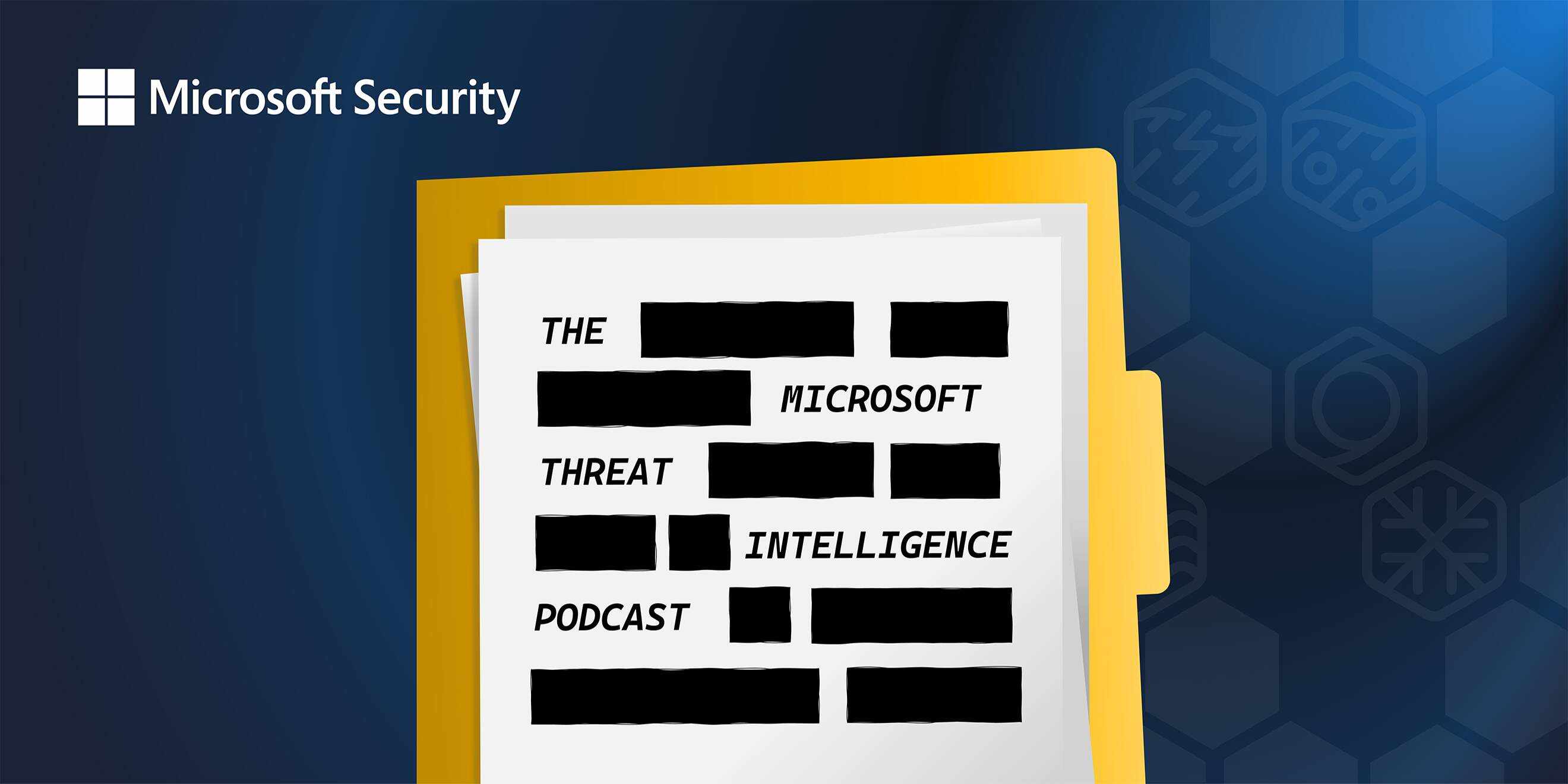Social media data can provide critical clues to help get ahead of the next cyberattack, experts say. Read More
Related Posts
Raspberry Robin malware evolves with early access to Windows exploits
Raspberry Robin malware evolves with early access to Windows exploits
Recent versions of the Raspberry Robin malware are stealthier and implement one-day exploits that are deployed only on systems that are susceptible to them. […] Read More
BleepingComputer
Incognito Dark Web Market Admin Arrested for Selling Illegal Goods
Incognito Dark Web Market Admin Arrested for Selling Illegal Goods
Rui-Siang Lin, who is thought to be the mastermind behind the infamous Incognito Market, has been caught.
It is said that over $100 million worth of illegal transactions took place on the dark web site, which made it easier to sell illegal drugs and fake prescription drugs.
Police who are working hard to break up online drug networks have won a big battle with this arrest.
A Global Operation Brought to Justice
Attorney General Merrick B. Garland talked about how Lin’s arrest had a big effect, saying, “Drug dealers who think they can break the law on the dark web are wrong.”
It is said that Rui-Siang Lin planned Incognito, a $100 million scheme to bring dangerous drugs into the U.S. and other countries.
The law extends to the dark web, and we will catch people who try to hide their crimes there.
The Drug Enforcement Administration (DEA), the New York Police Department (NYPD), the Food and Drug Administration’s Office of Criminal Investigations (FDA-OCI), and Homeland Security Investigations (HSI) all worked together on the long investigation that led to Lin’s arrest.
FBI Assistant Director in Charge James Smith talked about how big Lin’s business was by saying, “For nearly four years, Rui-Siang Lin allegedly operated ‘Incognito Market,’ one of the largest online platforms for narcotics sales, facilitating $100 million in illegal drug transactions and making millions of dollars for himself.”
ANYRUN malware sandbox’s 8th Birthday Special Offer: Grab 6 Months of Free Service
The Dark Web’s Hidden Dangers
The Hidden Dangers Incognito Market on the Dark Web was a complex online drug market that could be reached through the Tor web browser.
It was open from October 2020 until it closed in March 2024.
The platform looked like a real online store, with logos, ads, and customer service that resembled those of real online stores.
This made it easy for people looking for illegal drugs to use.
When users logged in with their unique information, they could look through thousands of ads for drugs like cocaine, heroin, LSD, MDMA, and methamphetamines.
Public health was put at risk by Lin’s business. HSI Special Agent in Charge Ivan J. Arvelo said, “As alleged, Rui-Siang Lin’s brazen operation led to the illegal sale of over $100 million in drugs, including those that were mislabeled and later found to contain deadly fentanyl.”
The sellers on the website got a 5% cut of every sale, which helped the site run and made Lin money.
Rui-Siang Lin, who used the alias “Pharoah,” was arrested, which shows that law enforcement is working hard to stop illegal activity on the dark web.
Special Agent in Charge of the DEA Frank A. Tarantino III said, “Mr. Lin’s alleged actions of putting profits before public health were not only careless and dangerous but also morally wrong.”
We will keep getting tough on people who hide behind a computer and use the dark web to make money from other people’s lives.
Lin, who is 23 years old and from Taiwan, is being charged with many things, such as running a continuing criminal business, drug conspiracy, money laundering, and conspiracy to sell fake or adulterated medicine.
He will have to spend at least his life in jail if he is found guilty.
The Complex Frauds and Cybercrime Unit of the Office is prosecuting the case.
Assistant U.S. Attorneys Ryan B. Finkel and Nicholas Chiuchiolo are in charge of the case.
The Organized Crime Drug Enforcement Task Forces (OCDETF) effort that led to this arrest is meant to find, disrupt, and break up large criminal groups that pose a threat to the United States.
Several government agencies working together show how serious they are about protecting people’s health and safety from the risks that dark web marketplaces offer.
Free Webinar on Live API Attack Simulation: Book Your Seat | Start protecting your APIs from hackers
The post Incognito Dark Web Market Admin Arrested for Selling Illegal Goods appeared first on Cyber Security News.

N2K Cyber and Microsoft expand collaboration with the launch of The Microsoft Threat Intelligence Podcast.
N2K Cyber and Microsoft expand collaboration with the launch of The Microsoft Threat Intelligence Podcast.
N2K Cyber, previously The CyberWire Network, today announced the launch of The Microsoft Threat Intelligence Podcast, the latest series from the Microsoft Security team to join the leading cybersecurity media network. The show joins other well-known Microsoft Security podcasts on the N2K Cyber networks, including Afternoon Tea with Ann Johnson and Uncovering Hidden Risks. Read More
The CyberWire
